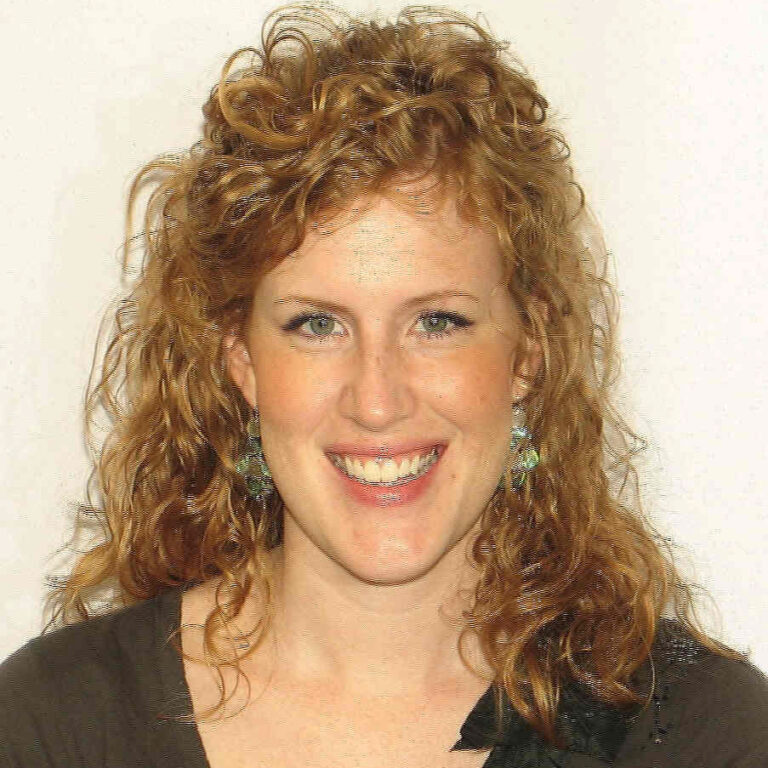By Rebecca Koerselman
If you are a historian, you are required to like museums.
And musty old books in forgotten sections of the library.
And tweed jackets with elbow patches.
But back to museums: I am not saying that I do not like museums, but museums do what I do as a historian. They use pieces of evidence from the past to tell a story. As such, I am a thoughtful critic at museums. In addition to noticing the smell of museums (yes, I admit, I don’t like the stale, musty smell of old things and/or bad breath, which is what many, though not all museums, smell like), I pay attention to the story, who is telling the story, what evidence is displayed, and who gets credit for the information. I pay attention to the layout, the size and scope of certain exhibits compared to others, what people are in attendance at the museum, and most especially, what is left out of the museum or the exhibit.
Museums, like historians, make choices about the stories they tell and how they interpret evidence to tell that story. Like historians, museums struggle with incomplete evidence and the interpretation of those pieces of evidence. Politics and funding also complicate the picture for museums. When I tour a museum, I usually ask a docent or volunteer about the funding for the museum. Sometimes big donors sponsor an exhibit that only discusses the ‘good’ outcomes and ignores the controversial parts of the story. For example, a museum I viewed had a large wing sponsored by a natural gas company. That exhibit emphasized all of the techniques and technology used to discover and harvest natural gas as well as the jobs that it created. I had no reason to think these claims were untrue. However, the exhibit said nothing about the environmental debate over controversial techniques like hydraulic frackturing (fracking) or about the sometimes controversial methods for obtaining land or the separation of mineral rights from land rights. Another exhibit emphasized the diversity of culture of the various Native American tribes that first occupied the land in that area. The exhibit said very little about where the native tribes were now, or why they no longer dominated the landscape in that area.
Museums, just like historians, are all limited by sources, evidence, and funding and make deliberate choices about what to include, what story to tell and why. However, museum-goers should understand that choices are always being made with regard to public history that is informed by collective memory.
Public history, sometimes known as history outside of the classroom, is a field of history that emphasizes the role of collective memory. Why do we choose certain stories and tell them over and over again, and exclude other stories? What parts of the past do we emphasize as a nation, state, or local community? Why do we underscore those parts and not others? How do those stories change and evolve over time? What do those stories tell us about the story-tellers? Many historians have done fascinating work on collective memory. One of my favorites, David W. Blight, in his book, Race and Reunion: The Civil War in American Memory, traces the way that Americans chose to remember and commemorate the Civil War over time. Over time, Americans emphasized different parts, but also made collective decisions about what to include or not include in the story of the Civil War.
Memorial Day is an appropriate time to remember and to tell the stories of people who served our country. Collective memory informs the stories that are told and remembered.
__________________________
Rebecca Koerselman teaches history at Northwestern College, Orange City, Iowa.


